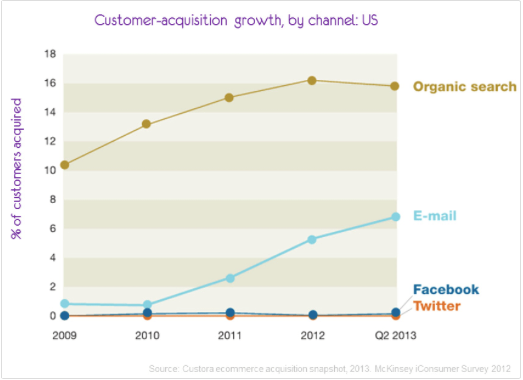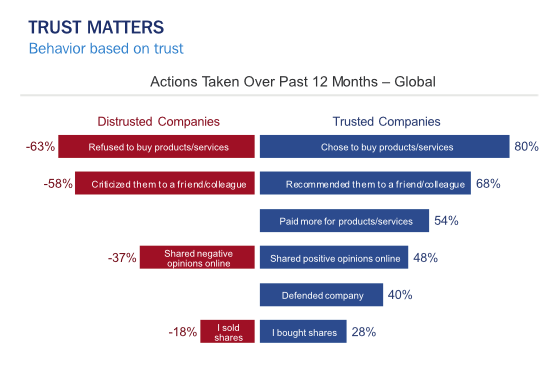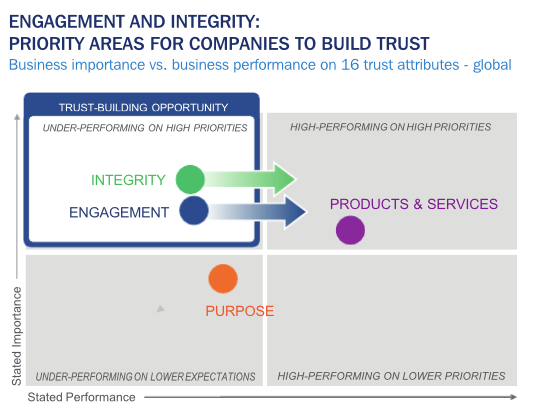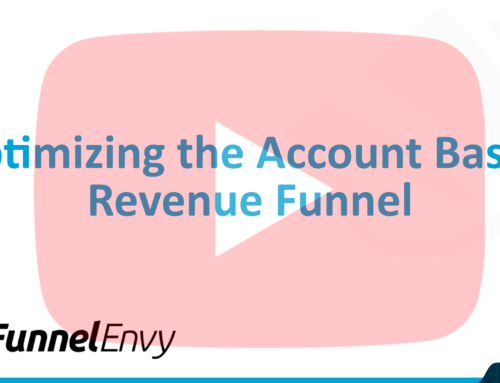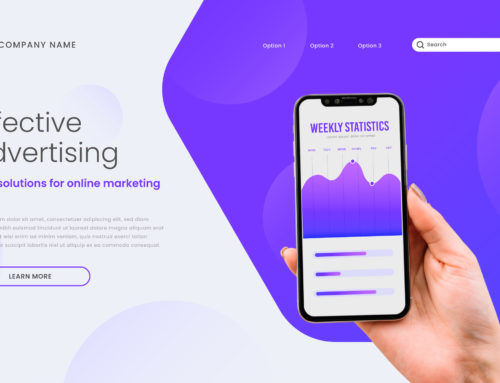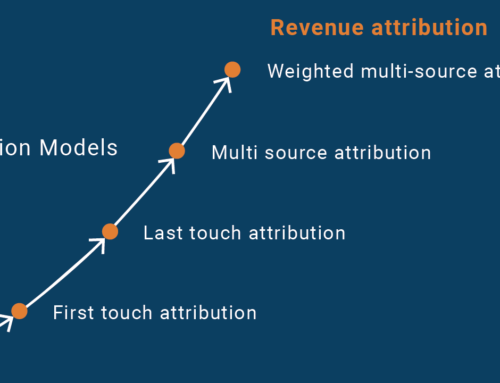The money is in the list, right?
It’s a saying we’ve all heard and know to be true.
But creating a consistent stream of email only content is something the majority of busy marketers don’t have time for. You could outsource your email content creation, but that’s going to cost money with no guarantee of a return.
So what’s the solution to get your awesome product or killer insights in front of your prospects without spending vast amounts of time?
The solution is one of the most underused and often poorly implemented marketing methods: the email autoresponder.
What is an Autoresponder?
I’m not talking about the ‘thanks for subscribing!’ email that you’re prompted to set up as a default, I’m referring to a well planned, multi series deliverable that offers some killer content and ideas to your prospects.
If you’re completely new to the world of autoresponders think of them as a series of pre-written emails delivered to new subscribers at time intervals set by you.
You create your emails, set the delivery parameters and you’re good to go. Every new addition to your list then receives get a multi stage deliverable which builds trust, bolsters your authority and maybe even makes a few sales along the way.
It’s a lot of work up front, but once that’s out of the way you’ve got yourself an automated marketing system which takes very little effort to maintain.
But We’re All About Social Media Now
Stop. Please, just stop there.
Yes, social media is great for increasing your reach and connecting with potential prospects, but when we’re talking about sales it can’t hold a candle to the powerhouse that is email marketing.
Don’t believe me?
Let’s examine the numbers.
There are a staggering 3.9 billion email accounts in the world, more than three times the number of Twitter and Facebook accounts combined.
I know what you’re going to say, numbers don’t equate to engagement. It’s a valid point but email still kills it when it comes to engagement and acquiring customers. Check out this graph on customer acquisition.
Social media users don’t want to become a customer. They want to like, retweet and share cool stuff. If you’re looking at increasing your profits, I’m sure you’ll agree with me when I say I’d rather take one sale over 1000 Facebook likes.
Don’t misunderstand though; SM isn’t useless, it’s just not the best place to sell your product. Social media is a vital tool in driving traffic to the pages where prospects are going to sign up to your list.
So email is the way to go with selling, but what exactly can you do to ensure the effectiveness of your autoresponder campaign?
Tools of the Trade
They say a good workman doesn’t blame his tools, but having the right tools makes the job a hell of a lot easier. Whether you’re a carpenter or digital marketer, the right tools make a huge difference in the success of your business.
There’s a huge variety of email service providers out there and the majority of them offer a comprehensive autoresponder service. However, none of the services worth mentioning offer an autoresponder for free. Even those who offer a free introductory service for the smaller businesses out there want you to pay for this service.
Speaking honestly there’s little to differentiate the well known services. Pricing is negligible, they’ve all got a good rate of delivery and back end dashboards are all user friendly once you’re familiar with them.
Each marketer has their own preferred service and it’s difficult to choose a clear winner when there’s no consistency to their recommendations.
Despite the confusion there’s a number of very successful marketers including Neil Patel of KISSmetrics, Crazy Egg and Quicksprout who prefer Getresponse over its competitors. According to Neil, Getresponse is head and shoulders above the rest. Food for thought.
Regardless of which tool you choose to go with, the methods for getting the best results are pretty much the same.
Longevity
The whole point of an autoresponder is to create content that puts your email marketing on auto pilot.
If you’re having to constantly amend, update and re write your autoresponder it’s not doing its intended job. You’re still going to have to keep an eye on each email’s success and tweak for better conversions, but the idea is to put in the work up front so that all future work is aimed at optimization, not content creation.
You need to make sure your content is as evergreen as you can make it. But devising a content strategy that’s useful for the coming months and years isn’t useful so here’s a few questions that might help you figure out your plan of attack:
- What is a consistent pain point for your audience?
- What are the questions new entries into your industry always ask?
- What secret insights can you provide that no one else is talking about?
- What is the one ultimate goal all of your prospects want to achieve?
- What has proven to be a popular pillar post on your site? (Repurpose for your autoresponder)
It’s not perfect I know, but these questions aren’t designed to be the final answer to your needs, they’re a starting point for you to build upon.
When you’re answering these questions and deciding on content there’s one golden rule that shouldn’t be broken.
Don’t write about fast changing topics or problems.
Let’s say you run a site that helps with Facebook marketing, don’t write about the most recent changes to Facebook’s T&Cs, layout or anything else that is likely to change again in the near future.
Choose a fast changing market and you’ll spend more time re-writing and updating your autoresponder than anything else.
Avoid the Hard Sell
Get your responder series right and you’ll see a huge increase in your email subscriber numbers. That’s more leads, more sales and bigger profits for you, but let’s not jump the gun.
For the love of god don’t aggressively pursue the sale from the first email.
It may seem counter intuitive but the primary reason for your autoresponder isn’t to make a sale, it’s to build trust and a relationship with your audience.
The days of the hard sell are gone.
People don’t respond to it anymore, people buy based on trust and rapport.
Constantly trying to sell a product breaks that trust and rapport, it gives the impression that you think of your audience as nothing more than a cash cow to be milked at every opportunity.
Hold off on the sale and instead focus on demonstrating your expertise and establishing high levels of trust and rapport with your prospects.
According to the Edelman Trust Barometer 2015 integrity and engagement are the key factors in building trust with your audience, trust which then leads to sales.
Avoid trying to make any sales until at least the third email in your sequence. Those receiving your auto-responder are new prospects. They don’t know or trust you well enough yet to act on your advice or recommendations.
Use your first few emails to solve their problems, help them out and get them involved. If you made a promise in your sign up form, make sure you deliver on it as soon as possible. Basically, just be a decent person.
If you can get your audience involved and engaged that’s even better. Some choose to do this by including subscriber success stories, some ask for feedback or specific pain points whilst others send fun quizzes to simply open a dialogue.
The key is knowing when to educate, when to engage and when to sell.
I think Pat Flynn of smartpassiveincome.com really nailed the morally solid autoresponder when he created this image of his own autoresponder campaign.
Enough time is spent establishing his expertise before even trying to make a sale. There’s also plenty of opportunities for engagement as well which further builds your relationships and allows your prospect to feel involved.
I’m going to finish this point with what sounds like a hypocritical opinion. I never send out an email without at least one link to a product in it.
Before you start screaming at me for being a huge, confusing hypocrite let me explain.
Forcing the sale within the main body of your content is a mistake. Everyone is going to read it and you’re going to alienate those who are new to your brand. However, there will be some late adopters to your list, those who have been following you for a while but have only recent subscribed.
These guys are pretty much pre-sold on you and might just be ready to make a purchase from the get go.
Keep the main body of your content purely useful and non-salesy but in the side-bar or footer include a link to complementary content that is aimed at selling the service/product you want them to buy.
Linking to more useful content is key as sending them directly to a ‘buy now’ page destroys any trust you’ve built.
It’s a small change which doesn’t impact your fresh prospects yet gives you a conversion opportunity in every single email for those who may be ready.
How Long Should Your Series Be?
How long is a piece of string?
It all really depends on what you’re trying to achieve. The short answer is your autoresponder series should be as long as it needs to be. However, I recommend a minimum of nine emails.
For every three emails you send one should be aimed at promoting a product or service. Nine emails gives you three explicit chances at converting a sale. Any less and you could be missing out.
You could go the other way and expand your series into dozens of emails, but I would’t recommend it.
For one, no one wants to receive a 64 part course or how-to series. You’re also probably going to need a lot of useless filler. Filler which lowers the overall quality of your content causing your audience to attach a lower level of value to you, your recommendations and your services.
A minimum of nine without a needless stretching of content for more sales opportunities.
It’s Never Over
As with anything related to conversion optimization you can never truly forget about your autoresponder.
Once the initial workload of creating your emails is out of the way you’re still going to need to optimize for conversions by keeping a keen eye on your:
- Copy
- CTAs
- Subject lines
- Open times
- Identifying weak points to re-write
- Improving segmentation
- Understanding engagement to target prospects
I know that you wanted to fully put your marketing on auto pilot but conversion optimization is never that simple. The work never ends, but it can sometimes be worth it.
Through identifying user engagement weak spots and understanding pain points with their service, Moz was able to create and optimaze an email responder that brought about a $1m increase in sales.
Always be testing and always keep on top of what your audience has to say. It’s what brings in the dollars!
So there you go. A few tips on how to create a killer autoresponder campaign that, if done well, should automate a good portion of your marketing and generate a good deal more passive income.
I’d be really interested to hear about your experiences, successful or otherwise, with autoresponders. I’ve heard tales of people 3x their income and others who have managed to completely screw their whole sequence up with minor changes. What worked, or didn’t work, for you?
